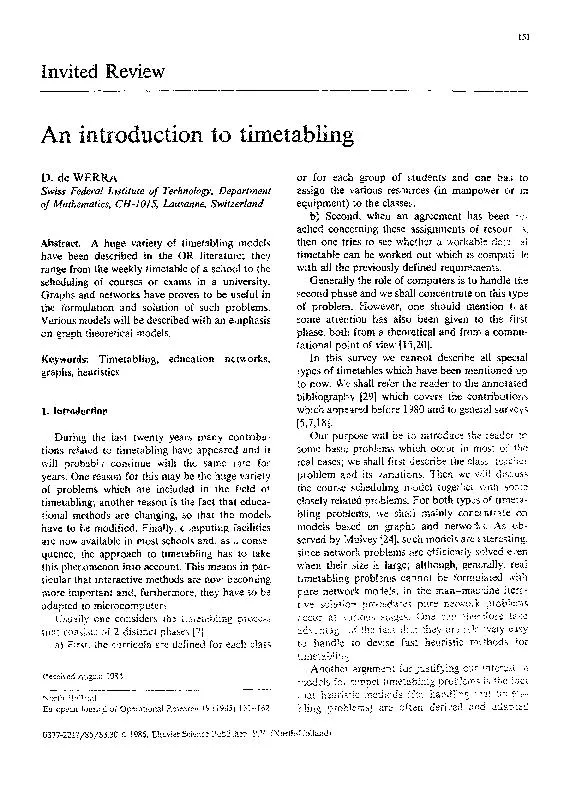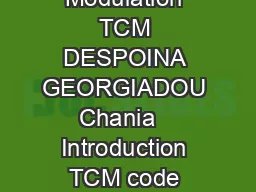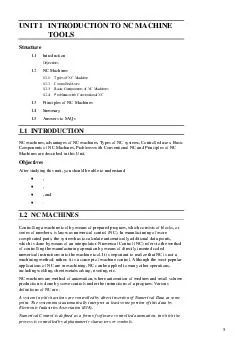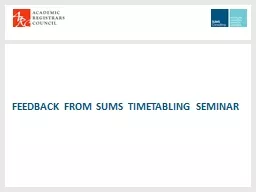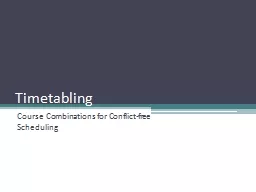PDF-introduction to timetabling
Author : mitsue-stanley | Published Date : 2016-08-13
Review de WERRI Swiss Federal hstitute of Technology Department of Matllematics CHIOIS Lausanne Switzerland Abstract A huge variety of timetabling models have been
Presentation Embed Code
Download Presentation
Download Presentation The PPT/PDF document "introduction to timetabling" is the property of its rightful owner. Permission is granted to download and print the materials on this website for personal, non-commercial use only, and to display it on your personal computer provided you do not modify the materials and that you retain all copyright notices contained in the materials. By downloading content from our website, you accept the terms of this agreement.
introduction to timetabling: Transcript
Download Rules Of Document
"introduction to timetabling"The content belongs to its owner. You may download and print it for personal use, without modification, and keep all copyright notices. By downloading, you agree to these terms.
Related Documents

